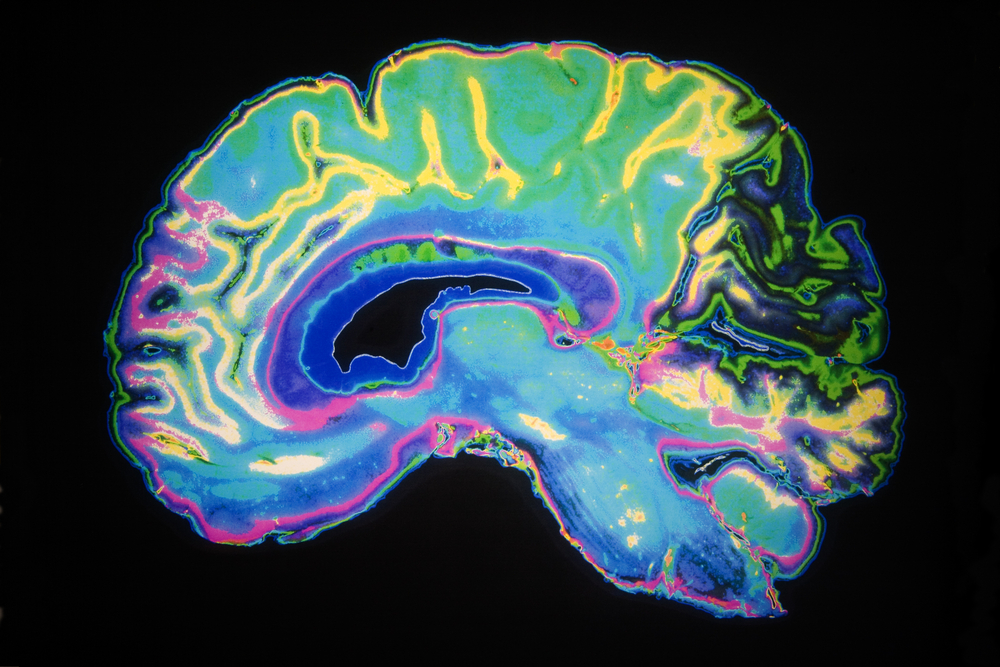Elevated Lipid Levels May Be Early Biomarker for Parkinson’s, Study Suggests

Increased levels of certain lipids in the brain may be an early sign of Parkinson’s disease (PD), and could help identify patients at risk, as well as provide opportunities for early treatment, a study has found.
The study, “Glycosphingolipid levels and glucocerebrosidase activity are altered in normal aging of mouse brain,” was published in the journal Neurobiology of Aging.
Over the past decade, researchers have been studying the relationship between the risk of developing Parkinson’s disease and a group of disorders called lysosomal storage diseases — in particular Gaucher disease, which is caused by mutations that lead to loss of function in the glucocerebrosidase (GBA) gene.
The GBA gene contains all the information necessary to produce an enzyme called glucocerebrosidase (GCase), which is responsible for the breakdown of certain fats called glycosphingolipids. The loss of one copy of the GBA gene leads to reduced GCase levels, activity, and consequently, lipid accumulation.
While the loss of both copies of the GBA gene result in the development of Gaucher disease, the presence of one defective gene copy carries a seven to 10-fold risk of developing Parkinson’s with age.
“This means that lipid accumulation may also be important in PD, and scientists at the Neuroregeneration Research Institute at McLean Hospital have previously shown that there is an elevation of a class of lipids, called glycosphingolipids, in the substantia nigra of patients with PD,” Ole Isacson, MD, PhD, co-senior author of the study, said in a press release. Isacson is a professor of neurology and neuroscience at Harvard Medical School and co-director of the Neuroregeneration Research Institute at McLean Hospital.
Since aging is associated with similar changes in the GBA pathway as those that occur in genetic and sporadic forms of Parkinson’s disease, researchers set out to determine whether aging-induced changes in GCase activity and lipid imbalance in the brain could also be shown in mice and whether those changes mirrored the ones that occur in the brain of Parkinson’s patients.
Interestingly, the results showed that the same glycosphingolipids that were increased in the brains of Parkinson’s patients were also elevated in the brains of aging mice. This was also accompanied by a reduction in GCase activity.
These findings reveal that both genetics and aging can cause the same lipid elevations in the brain that are characteristic of Parkinson’s disease.
As the authors explain, “changes in some GSLs [glycosphingolipids] in aging appear to be conserved between mice and humans and resemble the changes observed in sporadic PD. This may allow the identification of rational treatments to normalize these altered patterns of GSL expression.”
Researchers hypothesize that the high lipid load in the aging brain actually accelerates the degenerative processes in vulnerable neurons, lowering the threshold for developing Parkinson’s disease.
More importantly, this suggests that contrary to what is currently thought, changes in lipids may actually precede accumulation of the protein aggregates associated with the disease, or exacerbate protein load and aggregation.
“This potentially provides an opportunity to treat lipid changes early on in Parkinson’s disease and protect nerve cells from dying, as well as the chance to use the lipid levels as biomarkers for patients at risk,” said Penny Hallett, PhD, the study’s lead author and co-director of McLean’s Neuroregeneration Research Institute.






